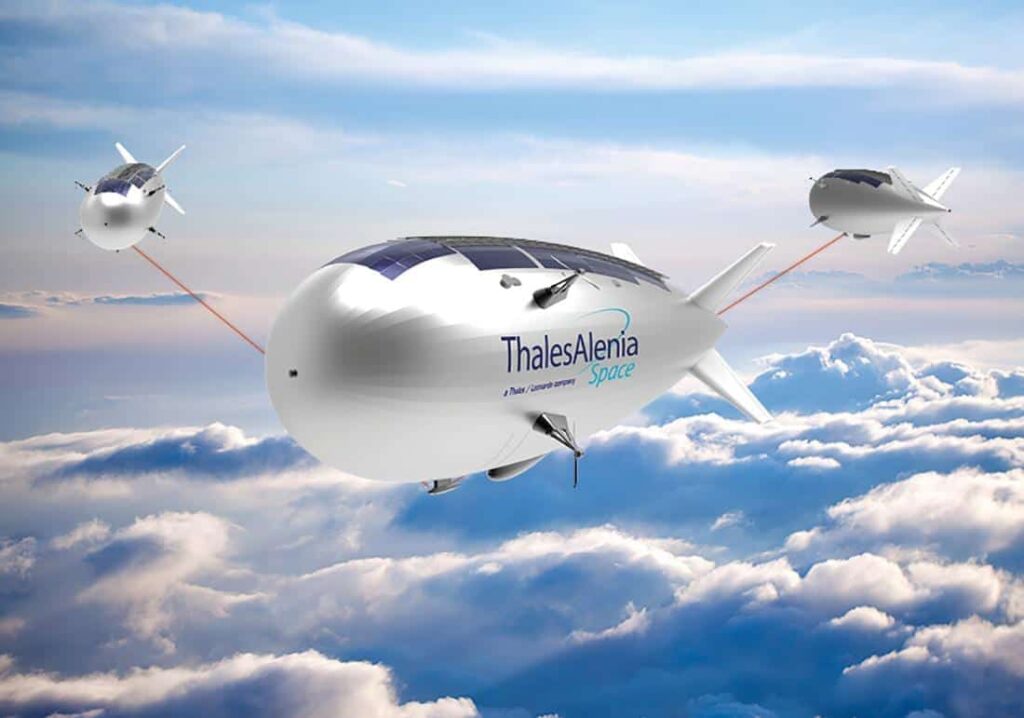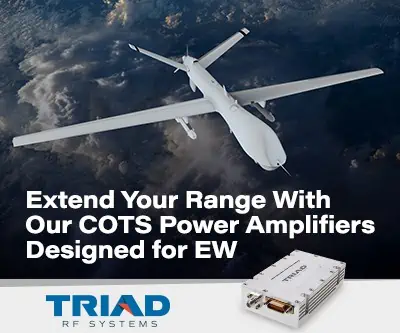Thales Alenia Space has announced the successful completion of static mechanical validation tests of the first full-scale photovoltaic modules specially designed for its Stratobus autonomous stratospheric airship.
Stratobus will operate at an altitude of 20 kilometers (above regular air traffic) and will perform a wide range of missions, including observation, surveillance and telecommunications, with a service life of five years. To ensure continuity of service, Stratobus TM must remain stationary in its position and withstand winds of up to 90 km/h. To achieve this, it will have 1,000 square meters of photovoltaic cells, which will cover a quarter of the surface area of its envelope and provide the power needed for its four electric motors, energy storage system and mission payload.
Thales Alenia Space, in collaboration with CEA LITEN (the French Alternative Energies and Atomic Energy Commission’s innovation laboratory for new energy technologies) working on its INES (France’s national solar energy institute) campus, has developed an innovative photovoltaic technology: flexible, low-cost, lightweight modules weighing less than 800 g/m² and offering a high power output of more than 200 W/m² and a large surface area of over 4 m².
Each module comprises an assembly of PV cells with a high efficiency rating of over 24%. Recent tests have demonstrated the high stability of the encapsulation materials in the presence of UV radiation and ozone, combined with low relative power loss after thermal cycling. The modules are designed to withstand the specific thermal and mechanical stresses of the operating environment, including the expansion and contraction of the envelope, while meeting the long service life requirement for this type of technology.
This innovative PV module technology will be incorporated into the full-scale model of Stratobus TM for its first flight in 2022.



















